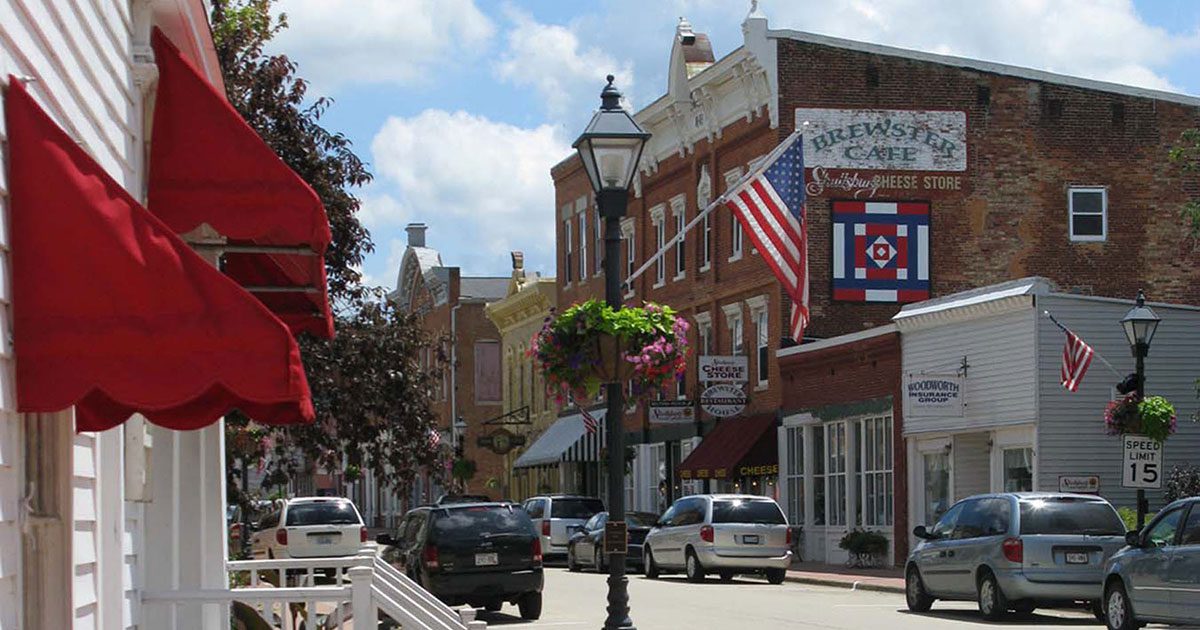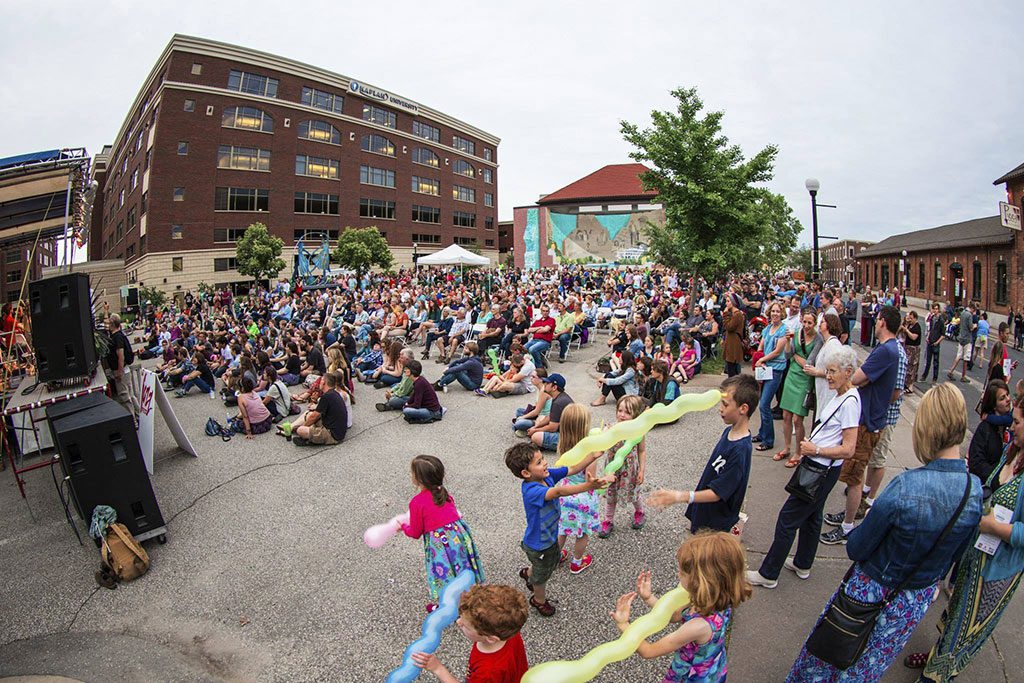
“For these communities, trying to scale the successes of a city the size of Milwaukee is a challenge,” Ivan told a packed room of community development specialists attending the 2016 Main Street Now Conference in Milwaukee. His three-year study uncovered common themes among 80 high-performing communities, which he shared with audience members hungry for best-practice solutions they could adopt in their hometowns.
“You can’t have a great downtown if you don’t have a great community,” said Ivan.
Being a great community means offering support to help entrepreneurs, but it’s not enough simply to provide traditional financing programs. “Communities that are vibrant take entrepreneurship to another level,” said Ivan. Fairfield, Iowa, for example, has built a culture of entrepreneurship that includes an entrepreneur hall of fame in the local high school. New business owners in Fairfield are plugged into a confidential peer-to-peer networking system designed to help them succeed. The only repayment expected is that they provide the same type of mentoring to an upstart business down the road. The community has also established a local angel fund that has contributed to the creation of 3,000 new jobs.
The high-performing communities Ivan studies also made strategic investments in new economy infrastructure and human capital. Ord, Nebraska’s approach to community-based economic development involves a wealth transfer plan whereby citizens commit 10 percent of their estate to the town for strategic investment. The fund, according to Ivan, has grown to $15 million. Meanwhile, Dubuque, Iowa, has established young professional organizations in universities within a 60-mile radius of the city in an effort to engage young talent, offering job shadowing, mentoring and internships to students. Those who take jobs in Dubuque are even offered loan forgiveness as an incentive to stay. According to Dubuque’s mayor, “The next five years will define the next 50 years for Dubuque.”
Such investment in the next generation of talent also requires an appreciation for new perspectives. A “Thinkers and Drinkers” group of young professionals in Youngstown, Ohio, admonished municipal leaders to stop dwelling on the city’s steel-making past and, instead, turn their attention to future opportunities. “People move in the direction of their conversations,” Ivan observed.
Creating new, positive memories for community youth is perhaps the single most effective talent retention initiative uncovered in Ivan’s research. Folks in Brookfield, Missouri, understand the value of strong social connections with the town’s graduating seniors, each of whom is given a mailbox with his or her name on it as a graduation present. In the mailbox is a letter from the community imploring the youngster to “always remember that Brookfield is your hometown.”






